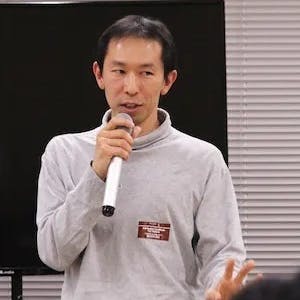FAQ
React Server Components (RSC) are a feature of React that allow developers to render components on the server, sending only the minimal amount of data needed to hydrate components on the client side. This can improve performance by reducing the amount of JavaScript sent to the client.
Developers face several challenges when adopting React Server Components, including understanding the boundary between server and client components, migrating existing client-side apps to use server components, and dealing with the lack of comprehensive documentation and examples.
For library and framework maintainers, adopting React Server Components involves significant effort to understand their behavior and integrate them into existing systems. It requires careful consideration of how server and client components interact and the creation of new mental models for application architecture.
Next.js is one of the most mature implementations of React Server Components, providing a practical framework for developers to use RSC in production environments. It is developed by Vercel, which also employs some React core team members, giving it a leading edge in RSC adoption.
Yes, besides Next.js, frameworks like Waku and Redwood are also implementing React Server Components. These implementations aim to offer alternatives and explore different aspects of RSC integration.
Waku is a framework developed to explore React Server Components without additional features like SSR or routing. It aims to provide a minimal environment for learning and implementing RSC, helping the community understand its core functionalities.
Developers need to shift from a client-side focused mindset to one that considers the division between server and client components. This involves rethinking component architecture and learning new ways of handling data synchronization and state management.
Community collaboration is vital as it fosters the sharing of knowledge, resources, and experiences among developers. It helps in building a more comprehensive understanding of RSC and encourages the development of diverse implementations, leading to better tools and practices.
Areas needing attention include creating better developer tools, establishing clear testing methodologies for server components, and expanding documentation and educational resources to ease the learning curve for developers.



















Comments